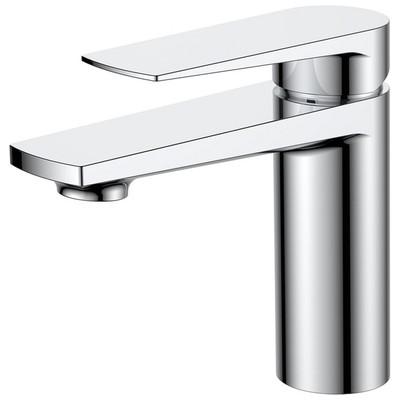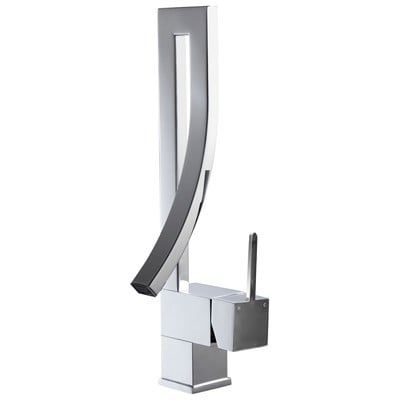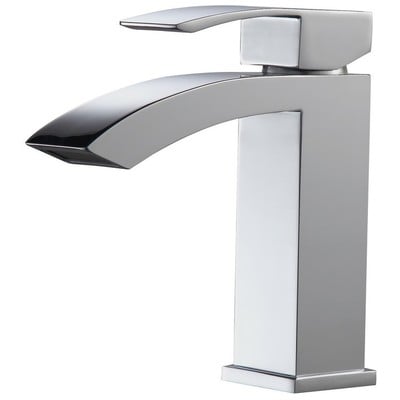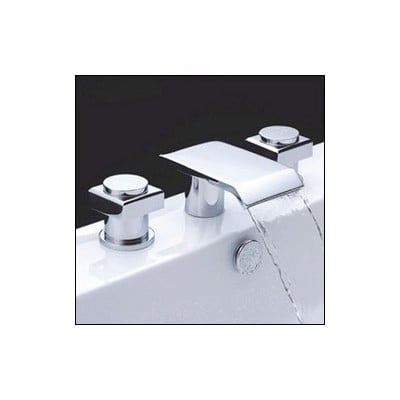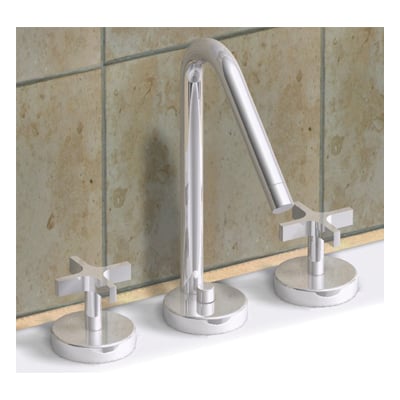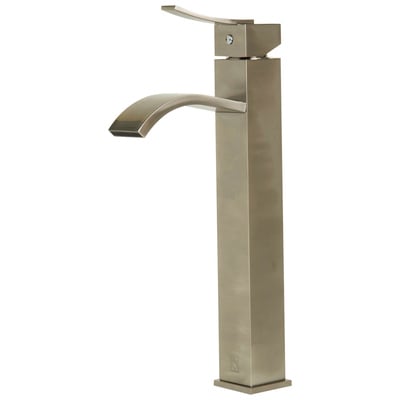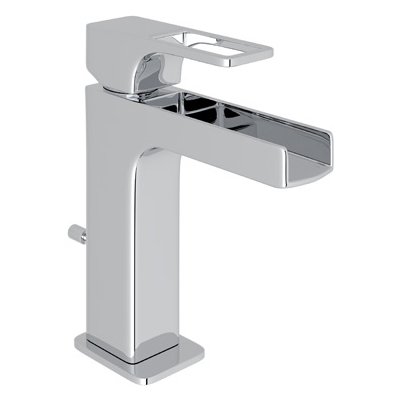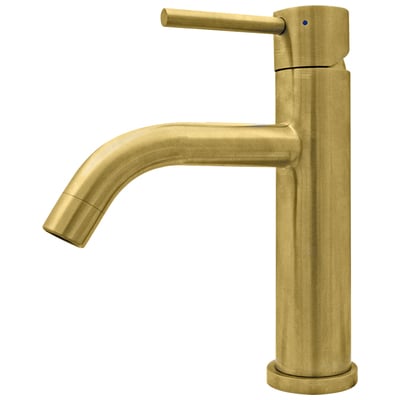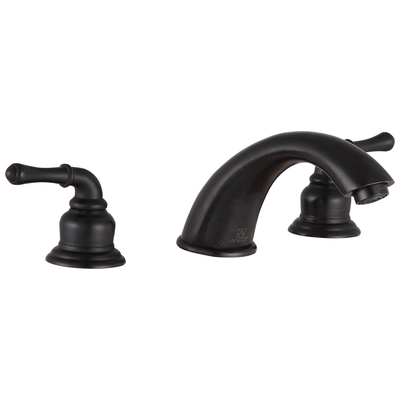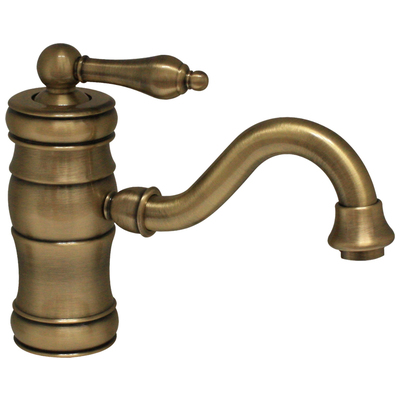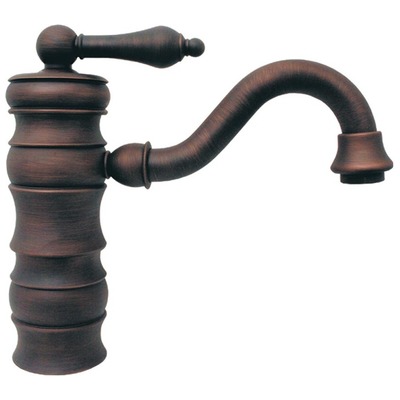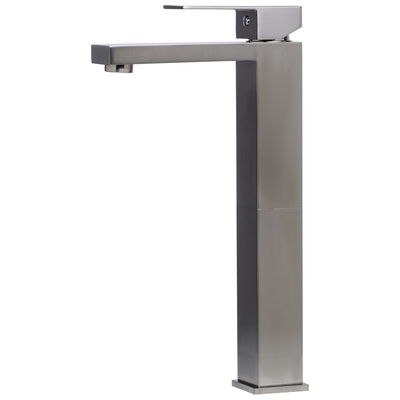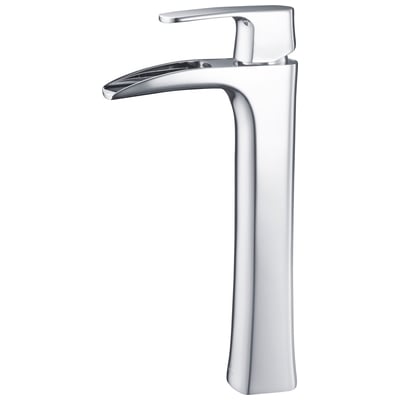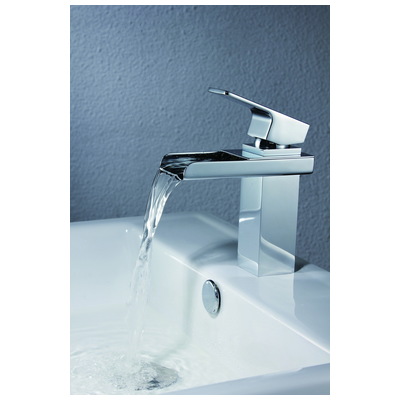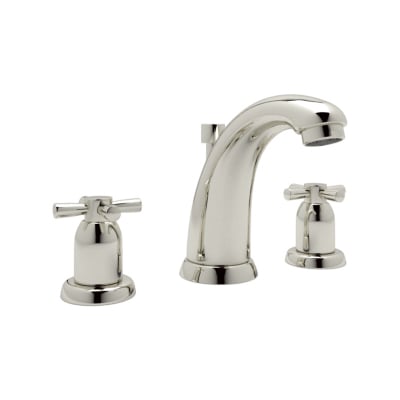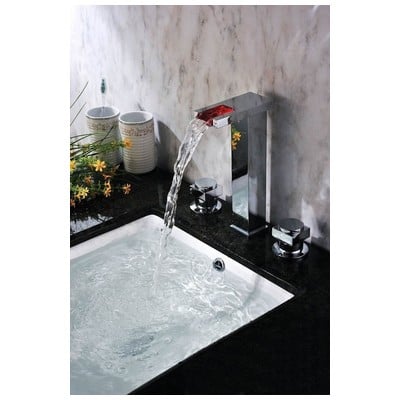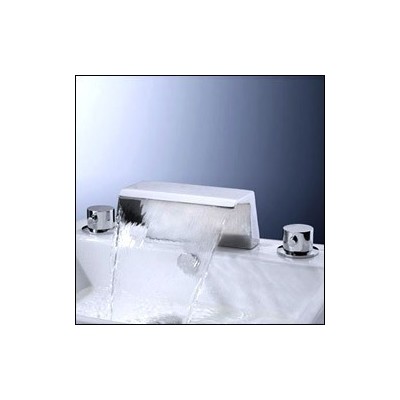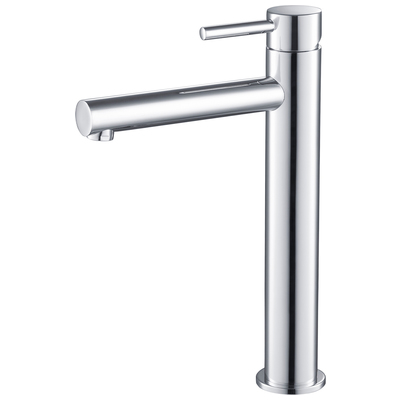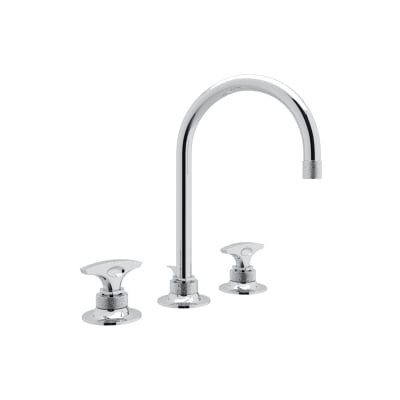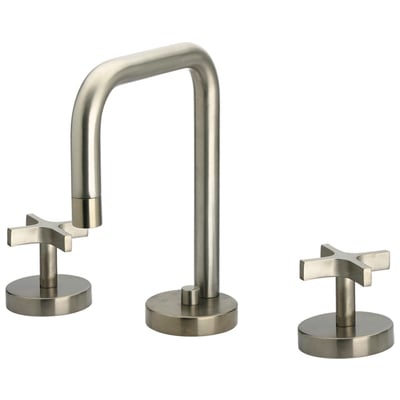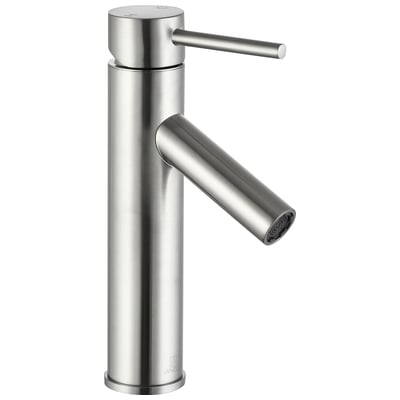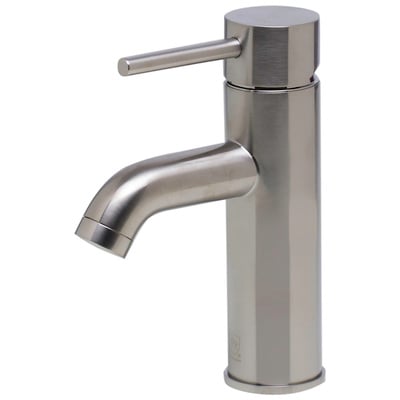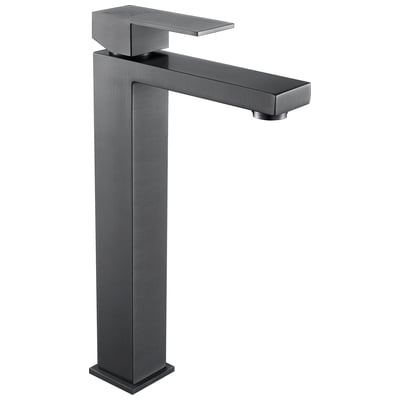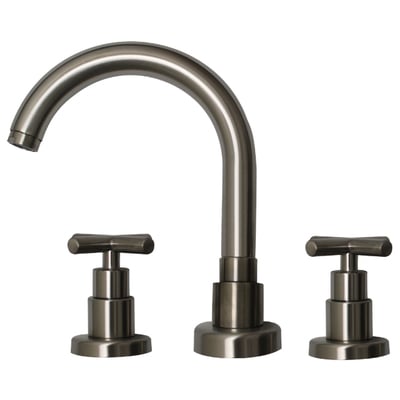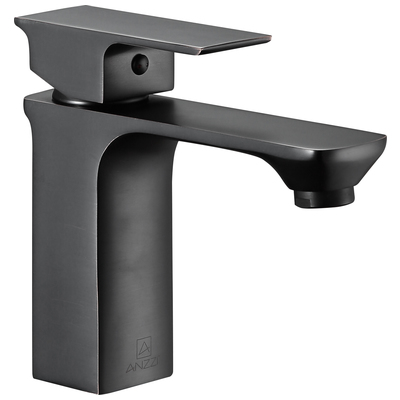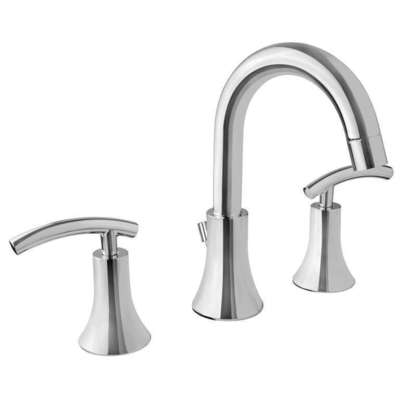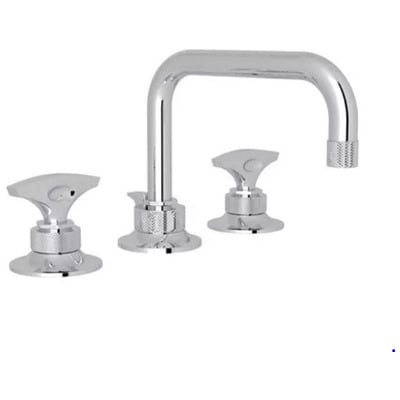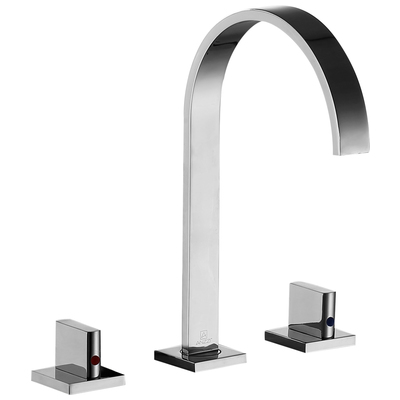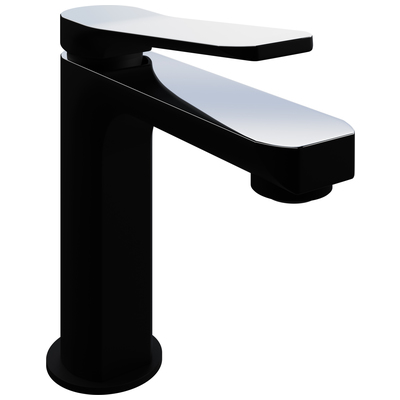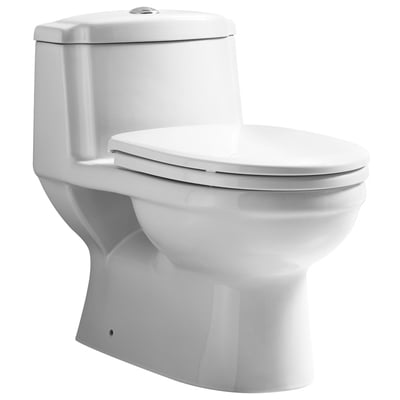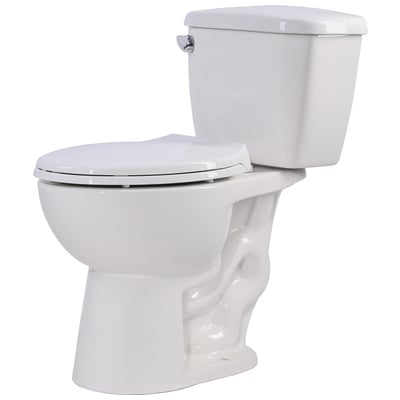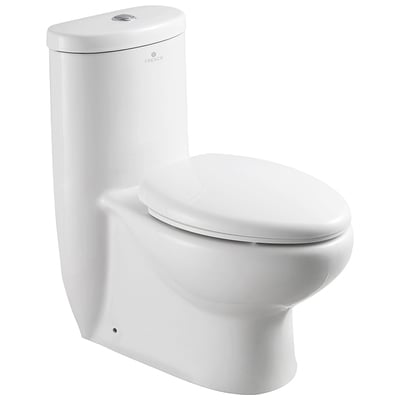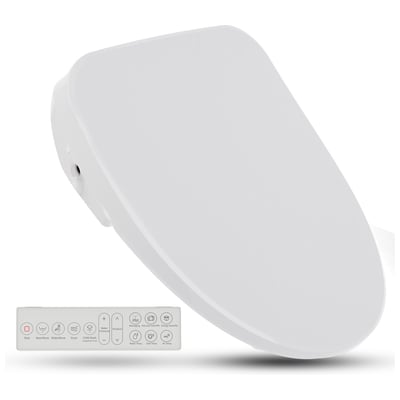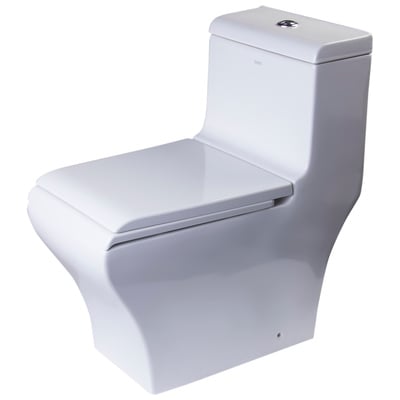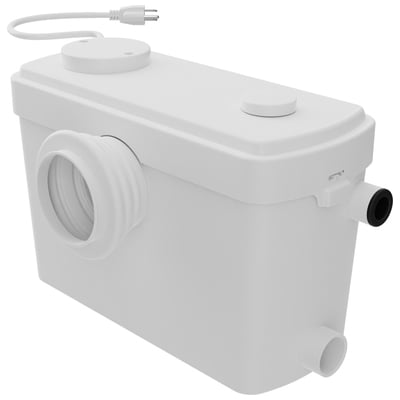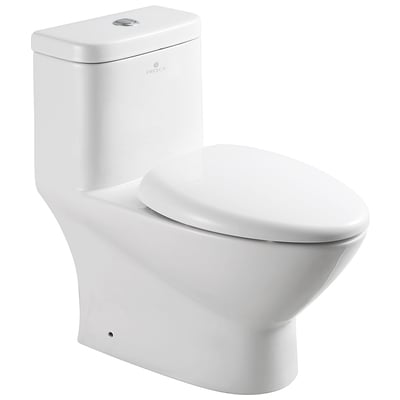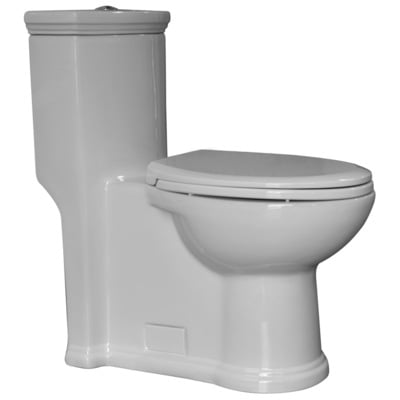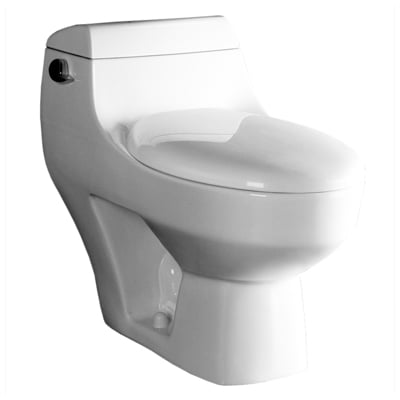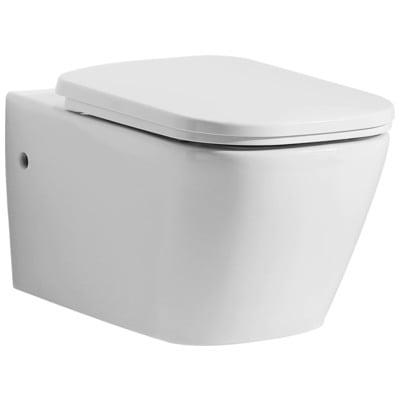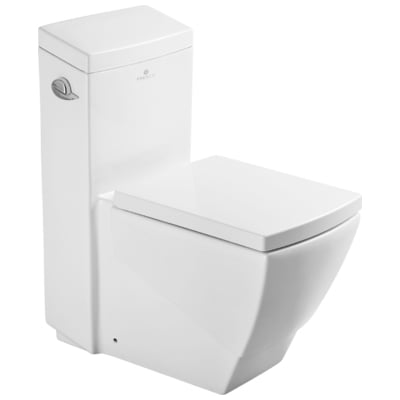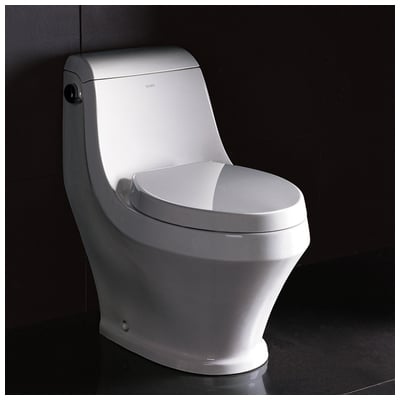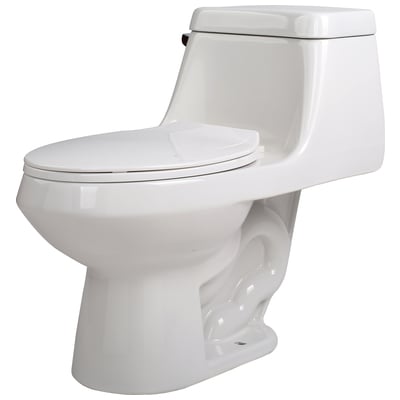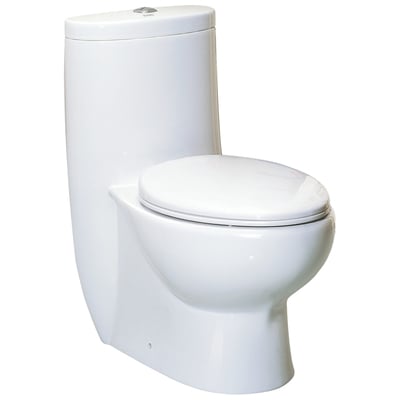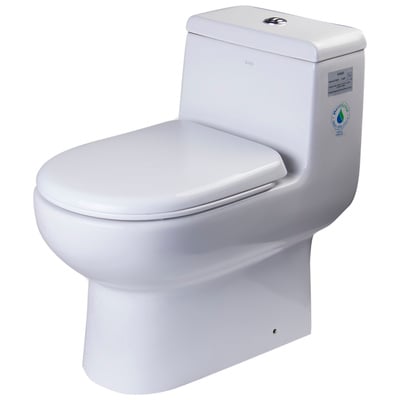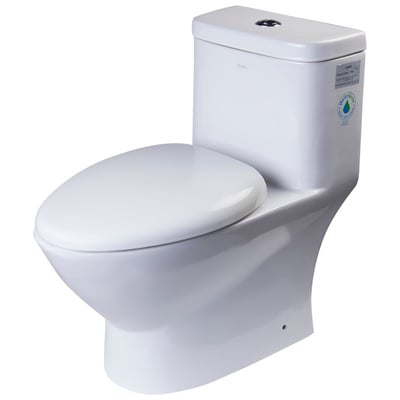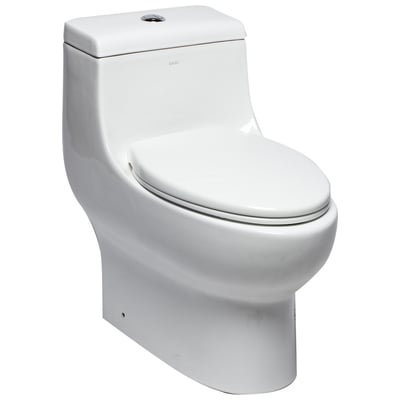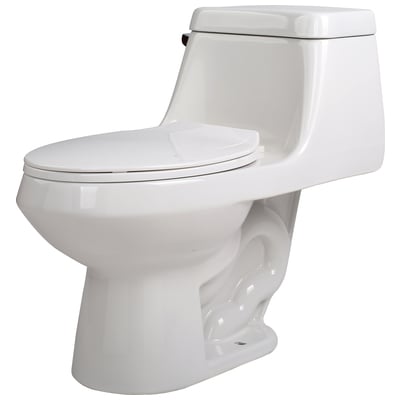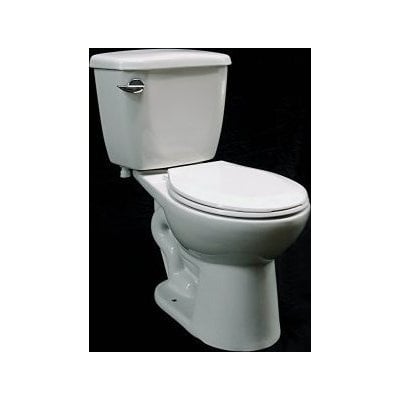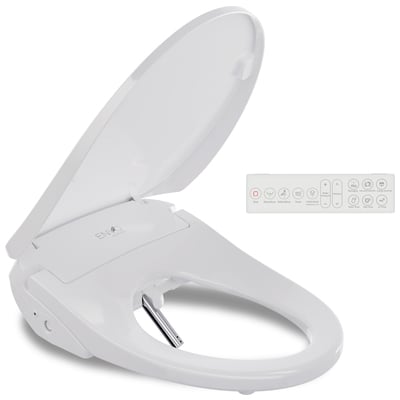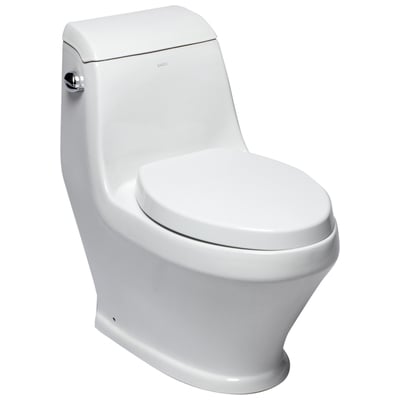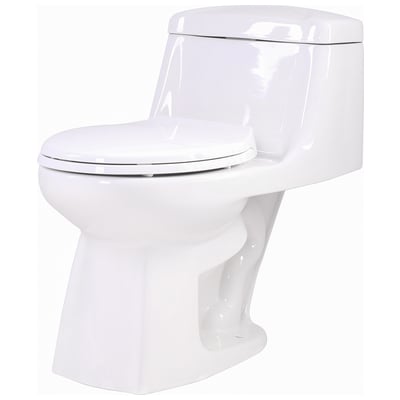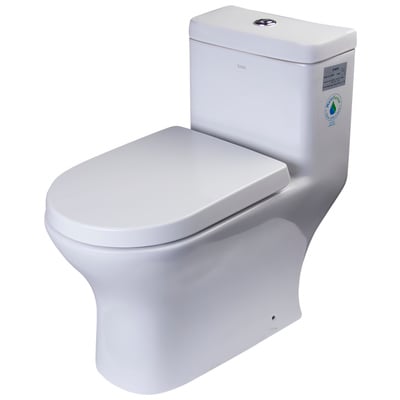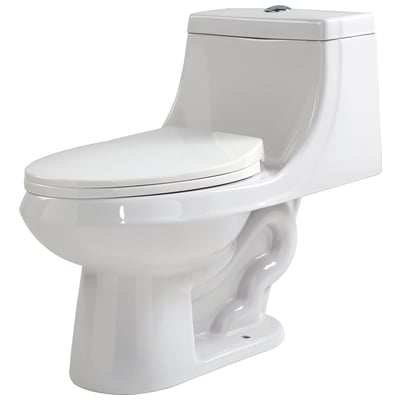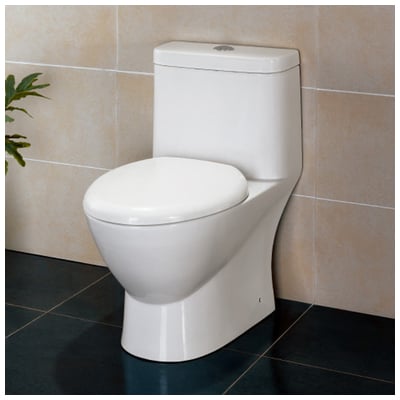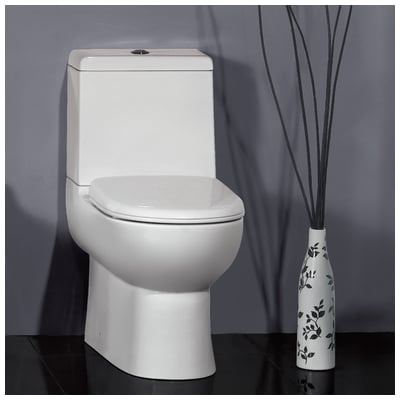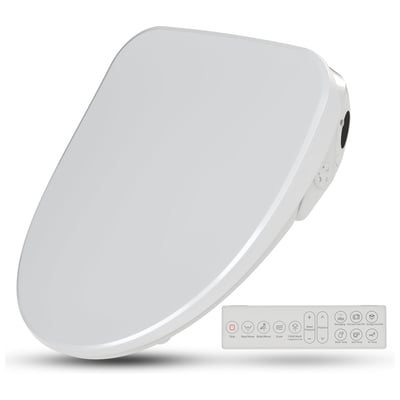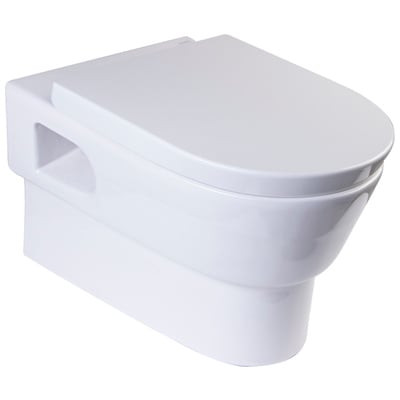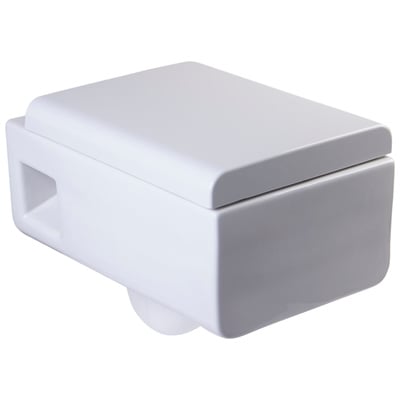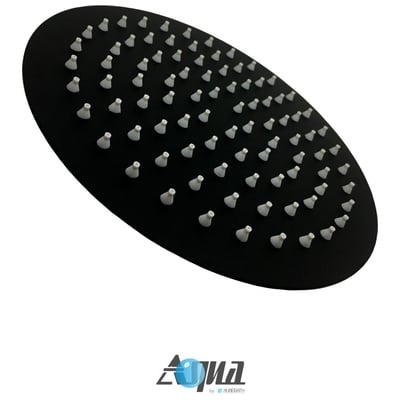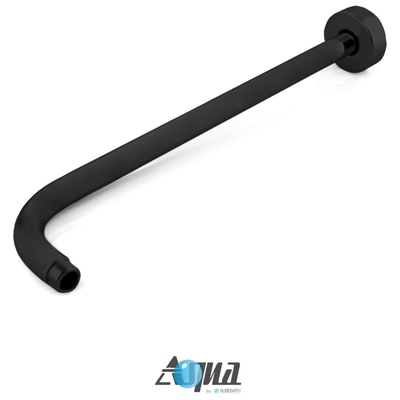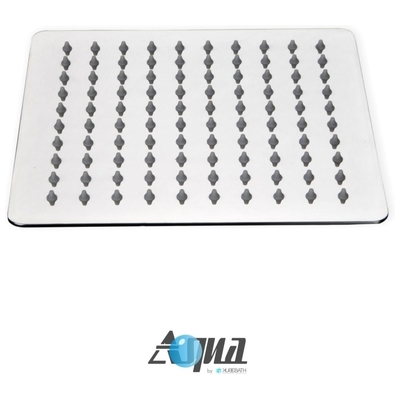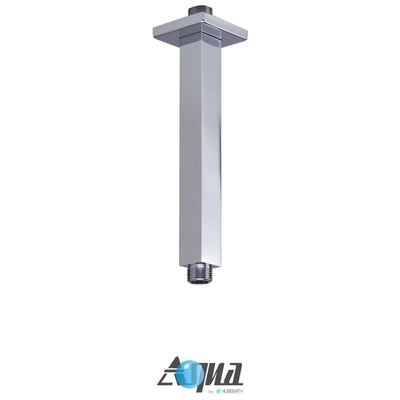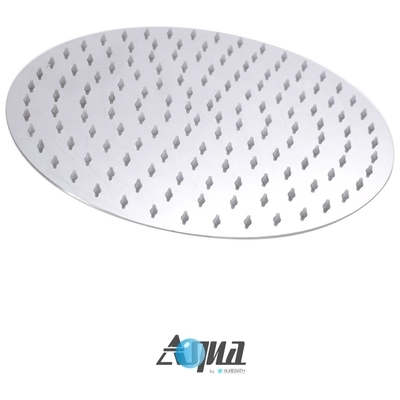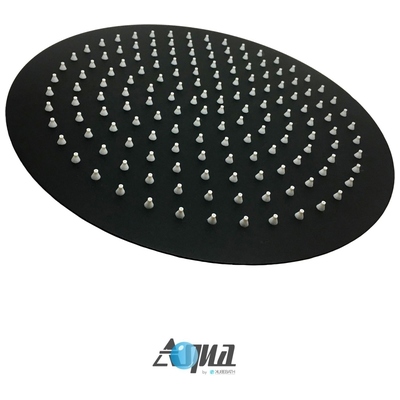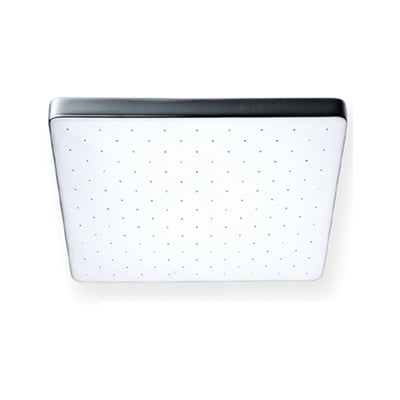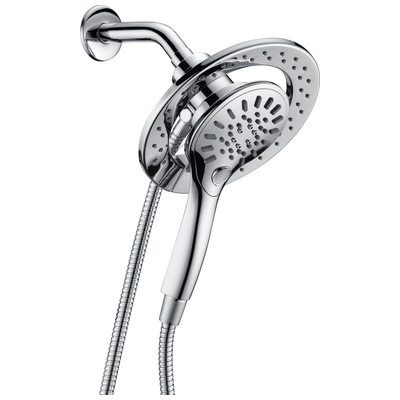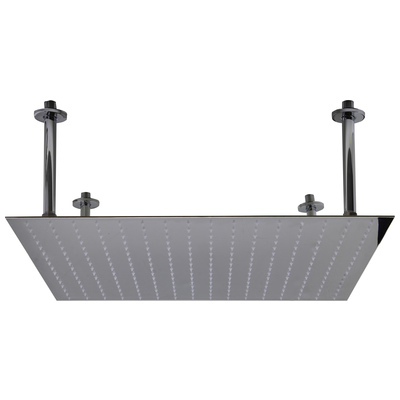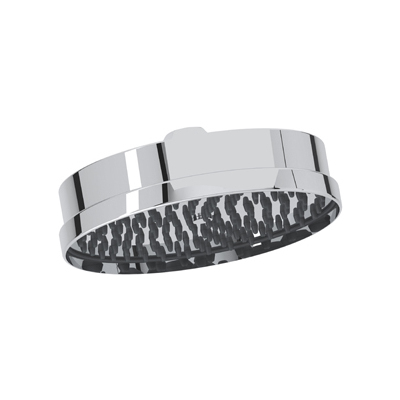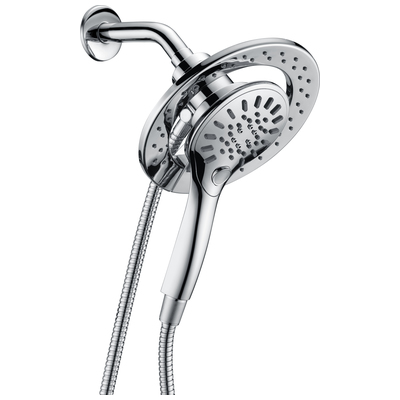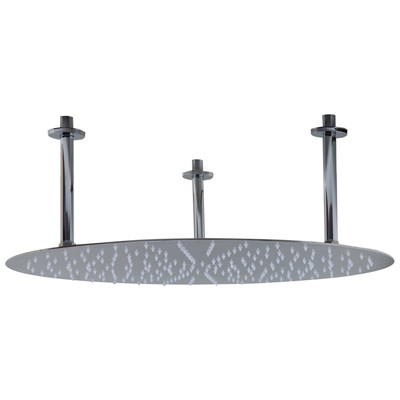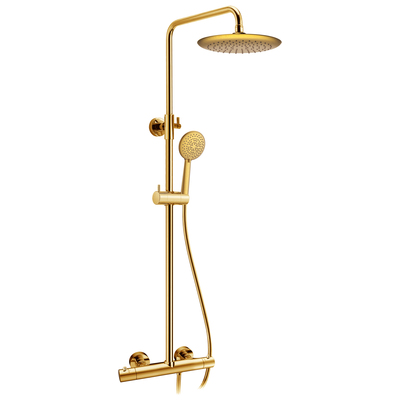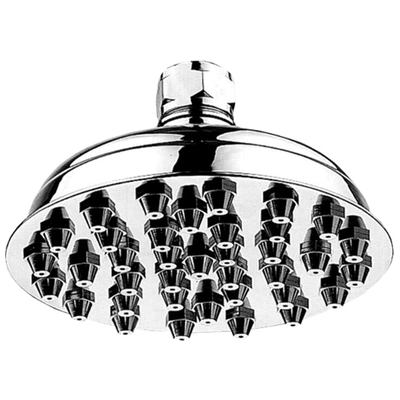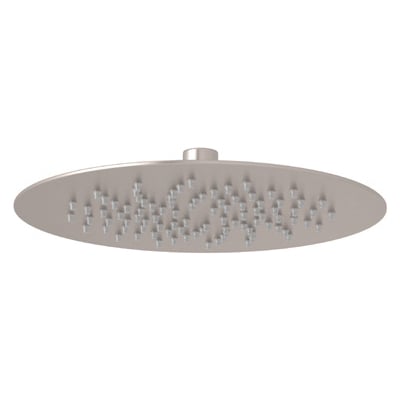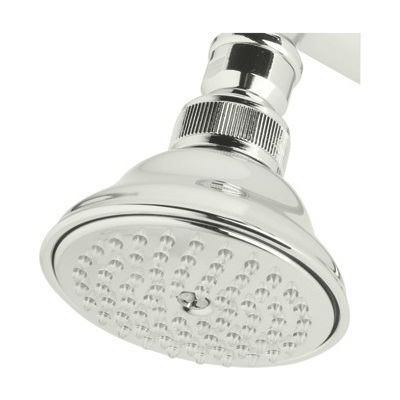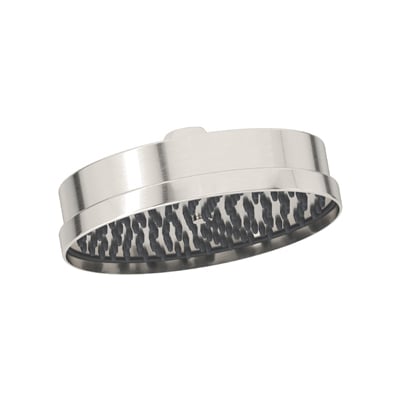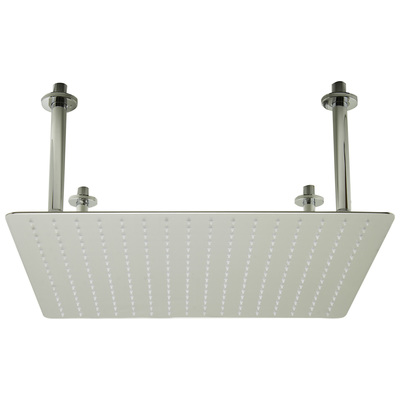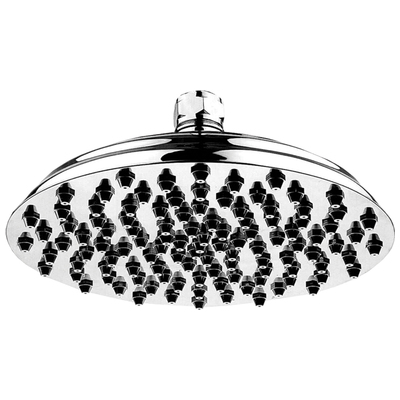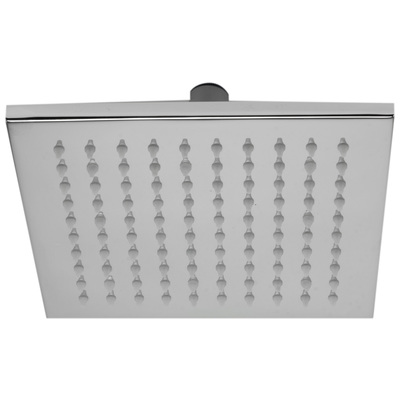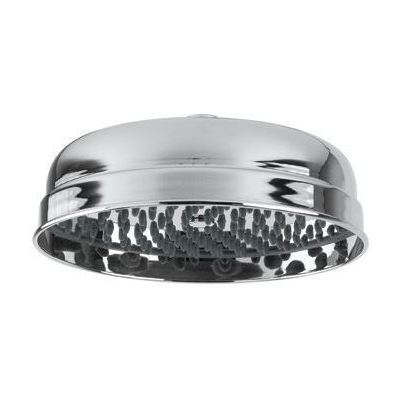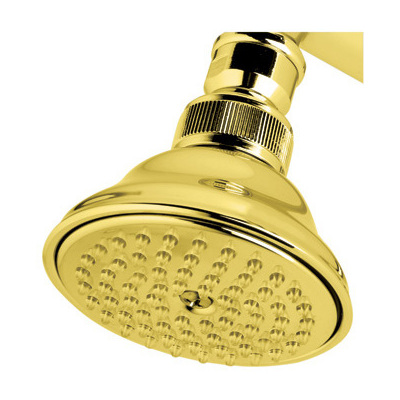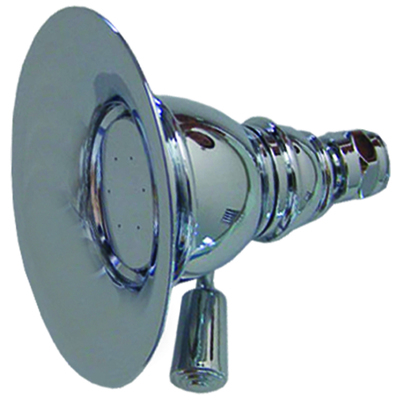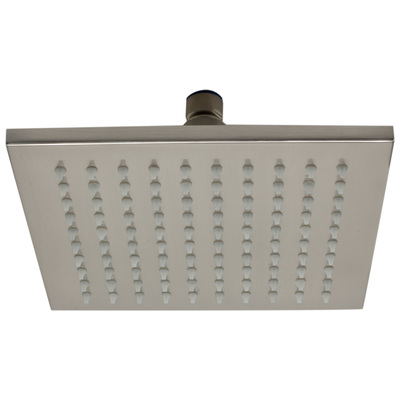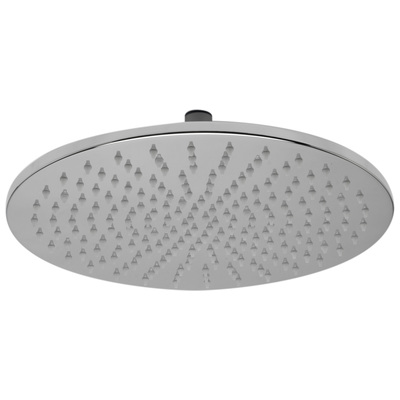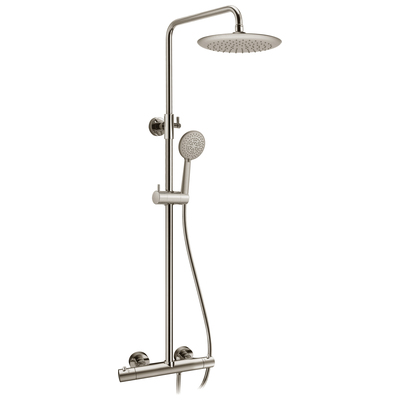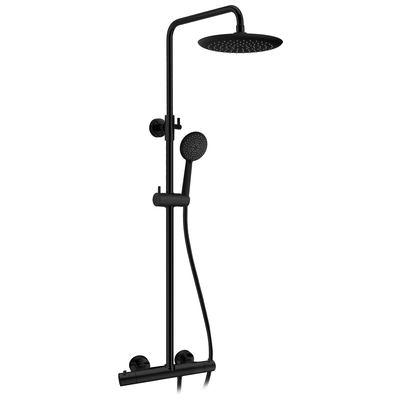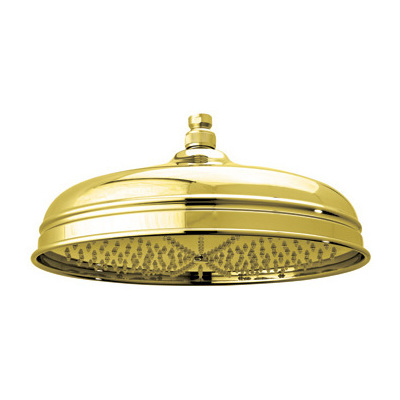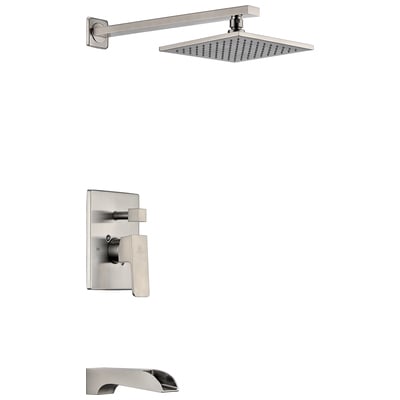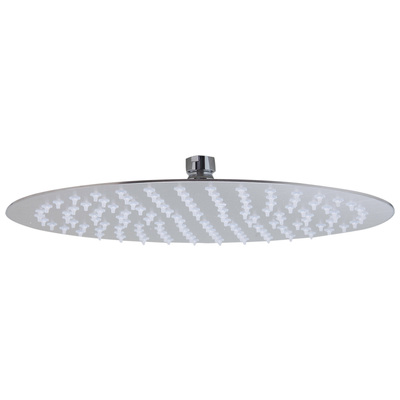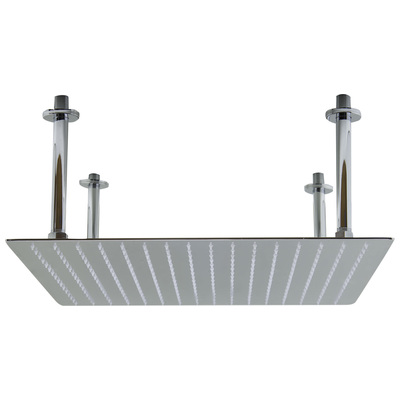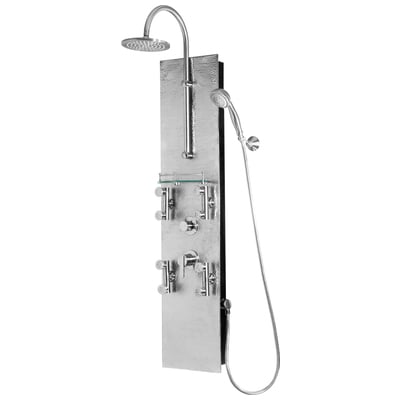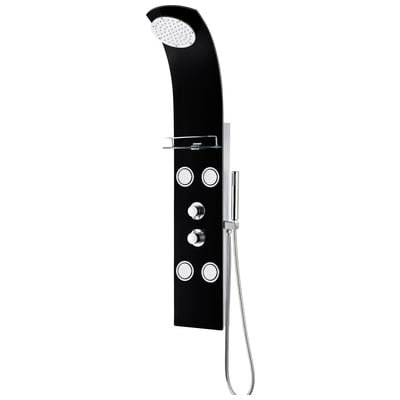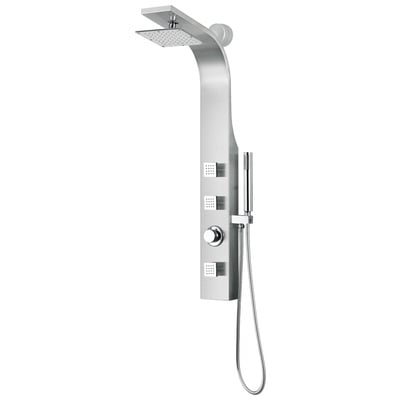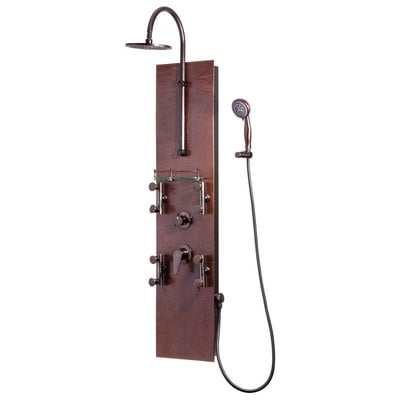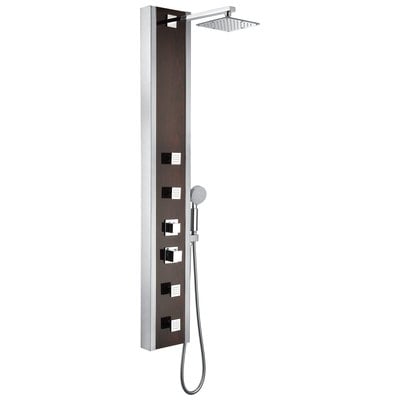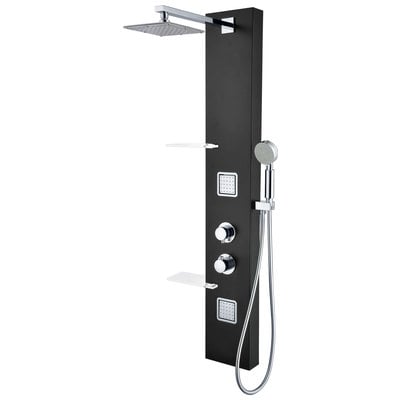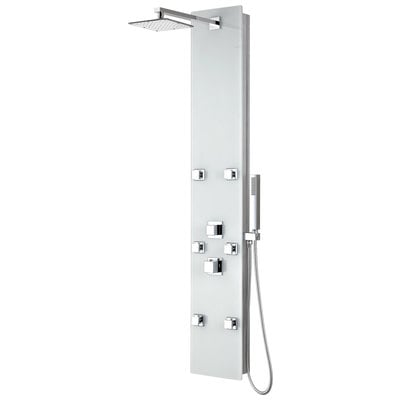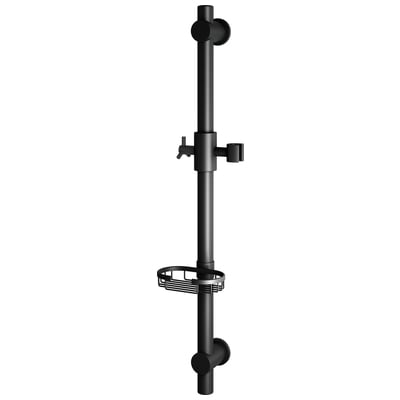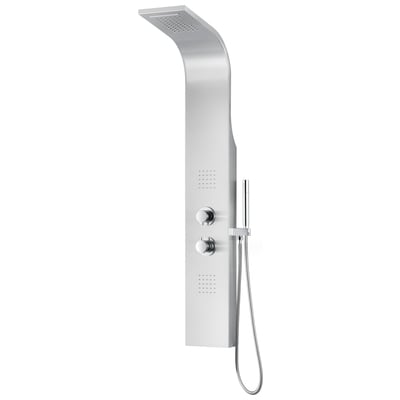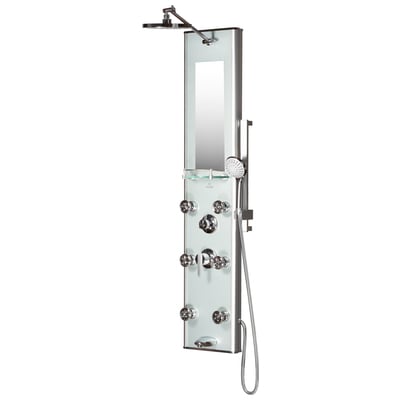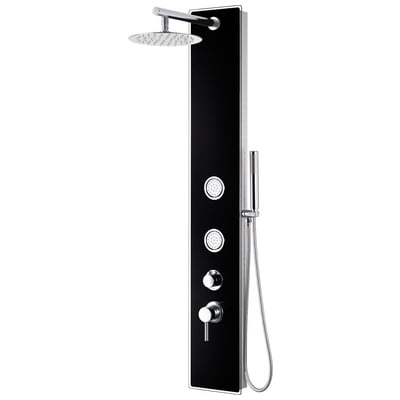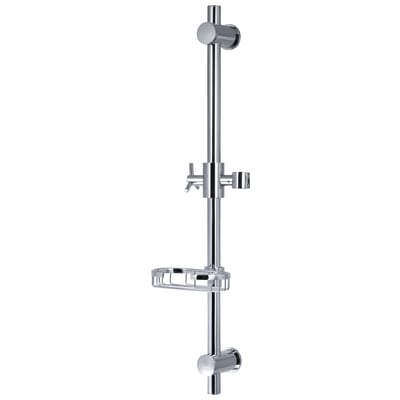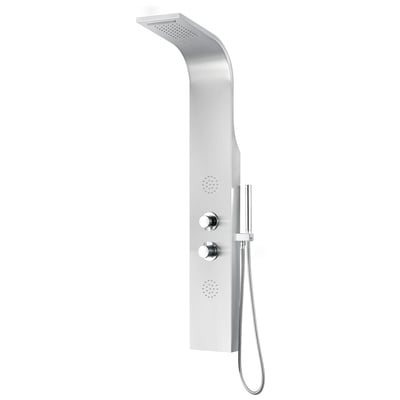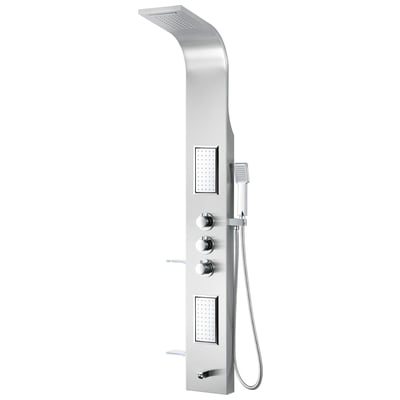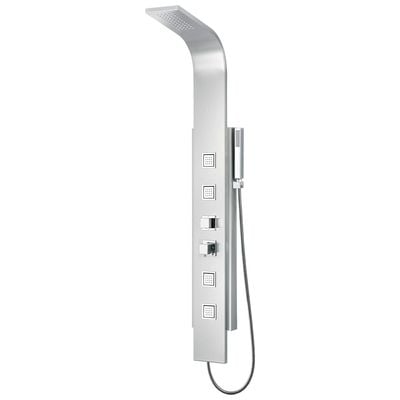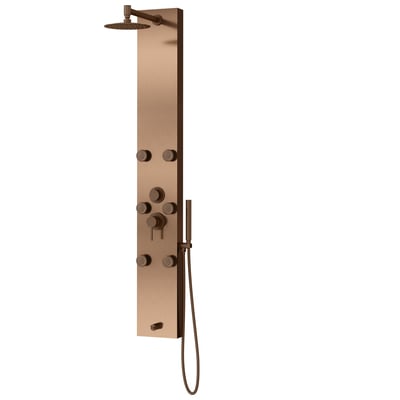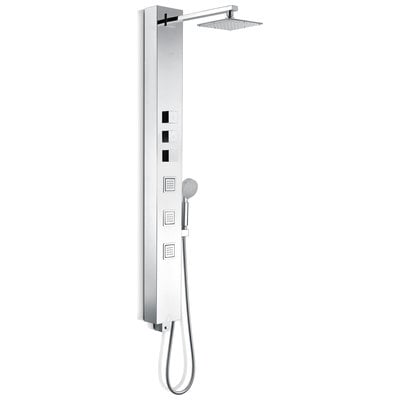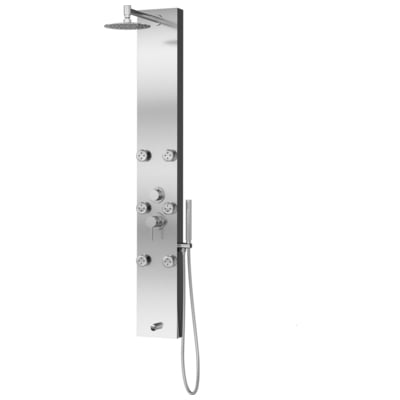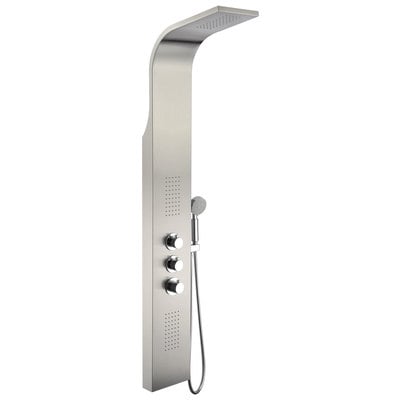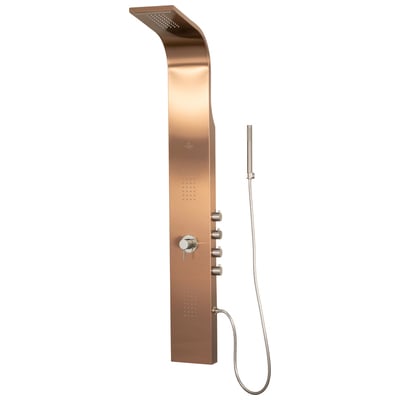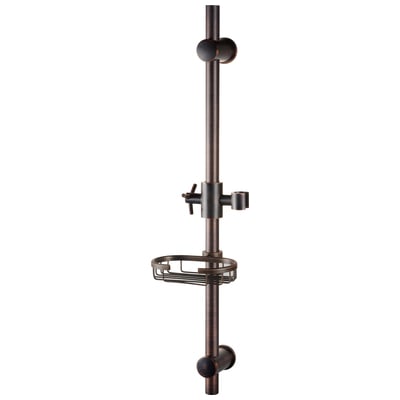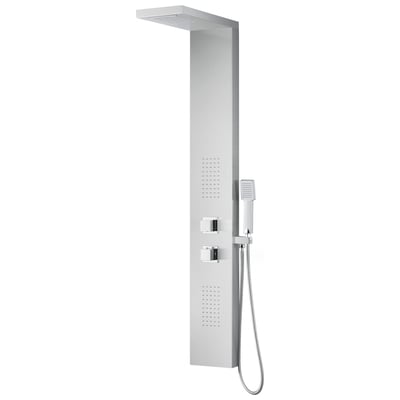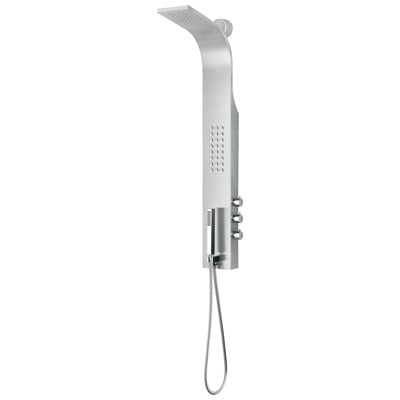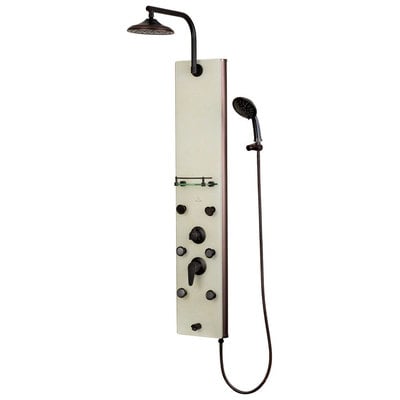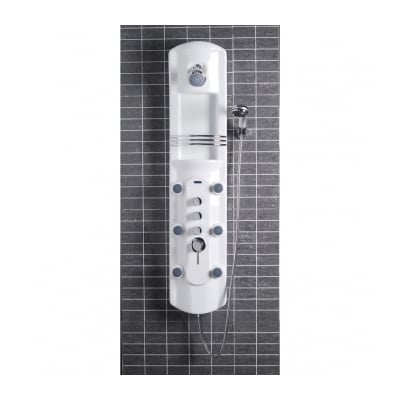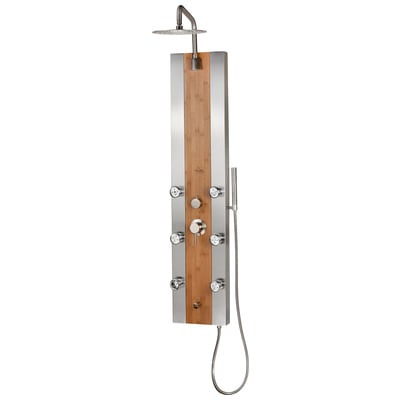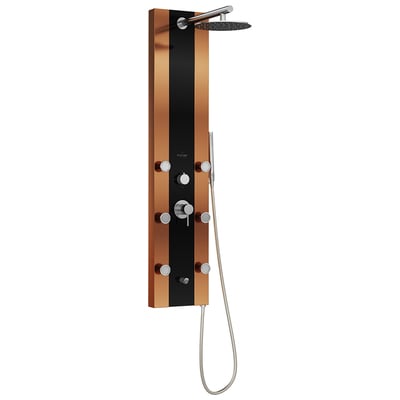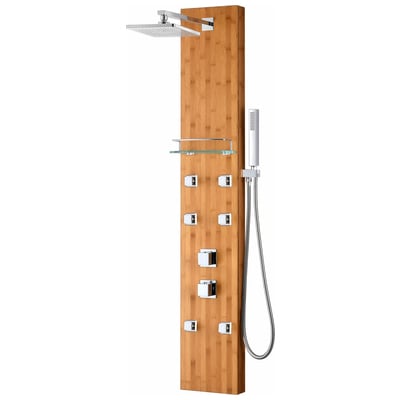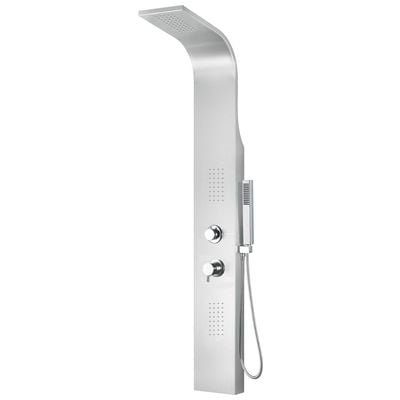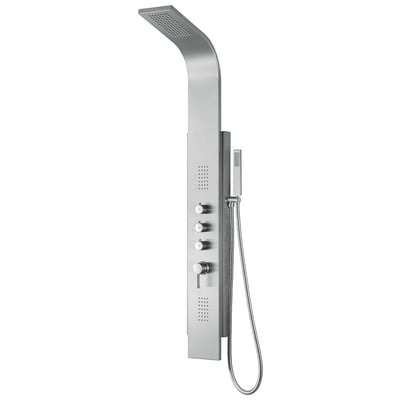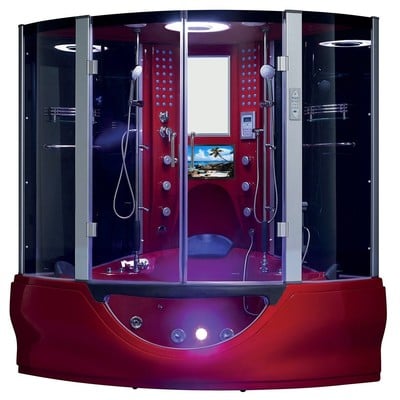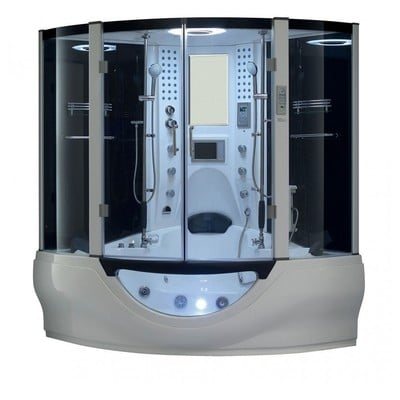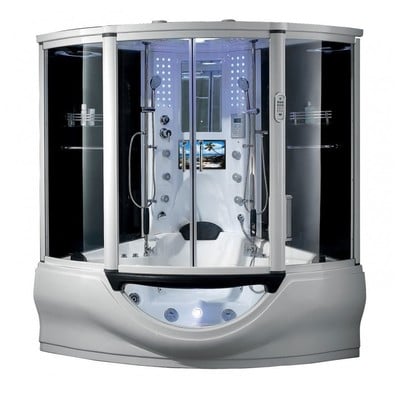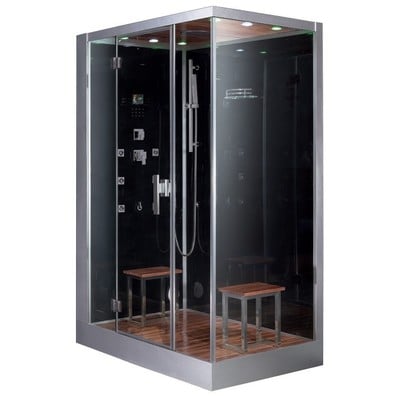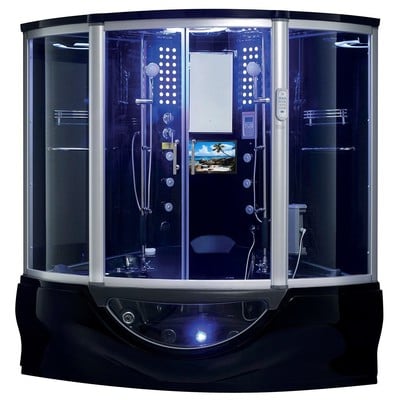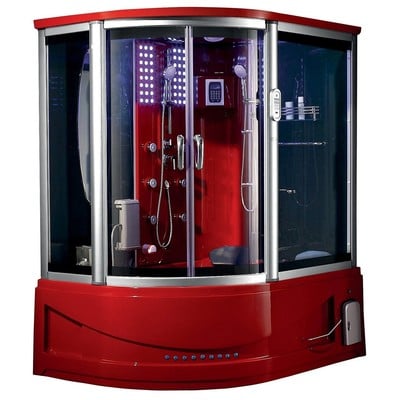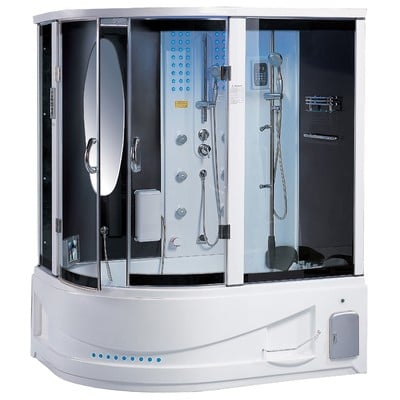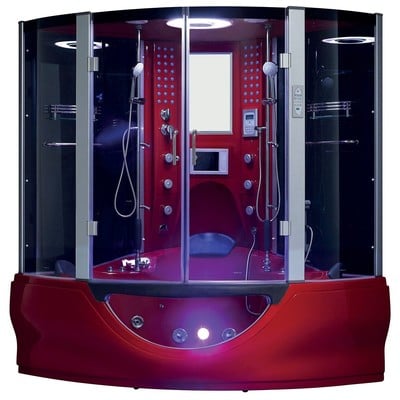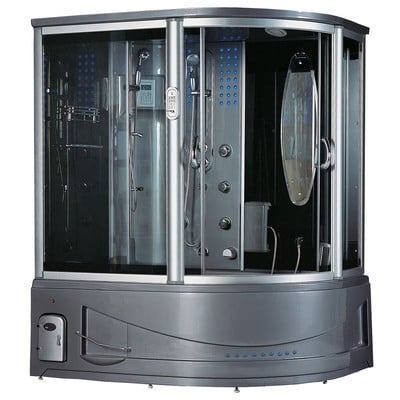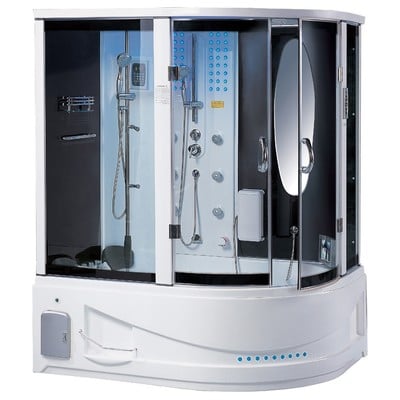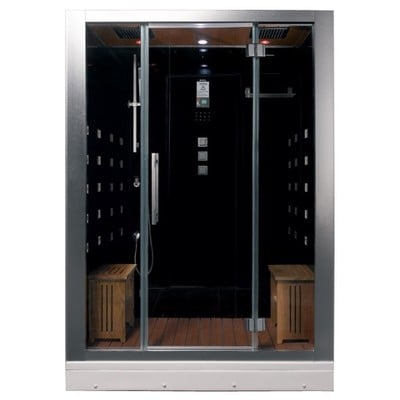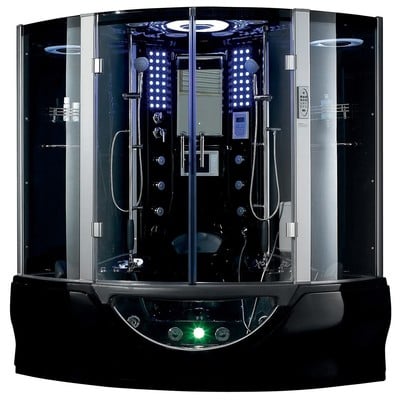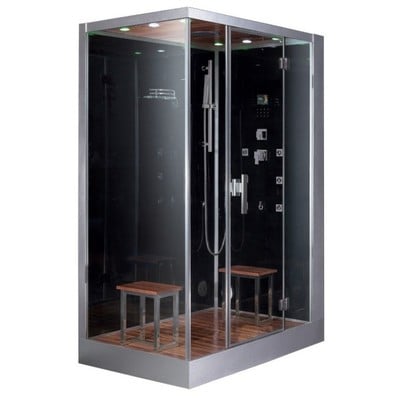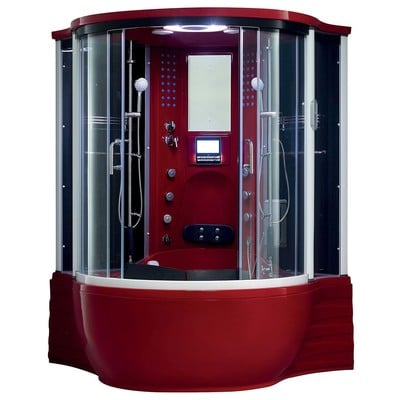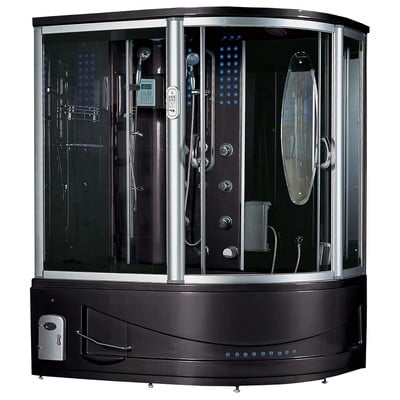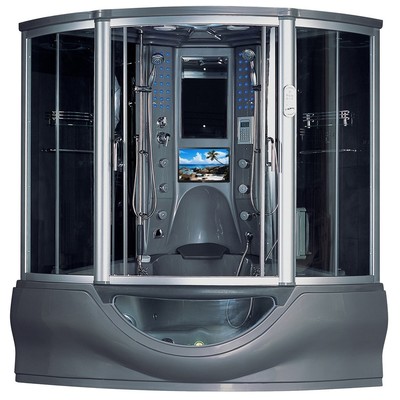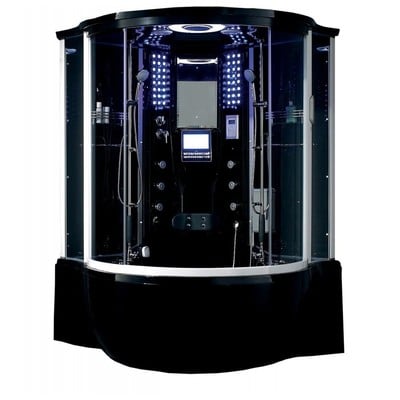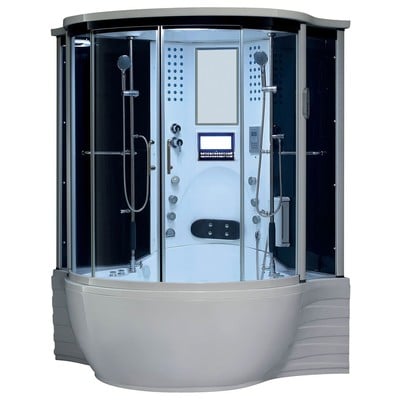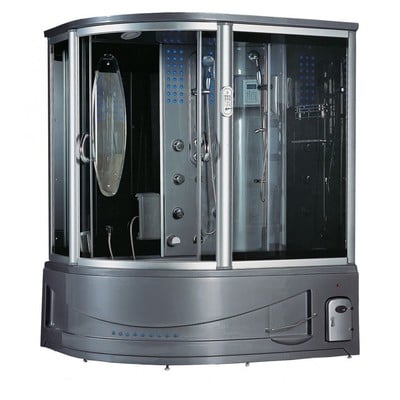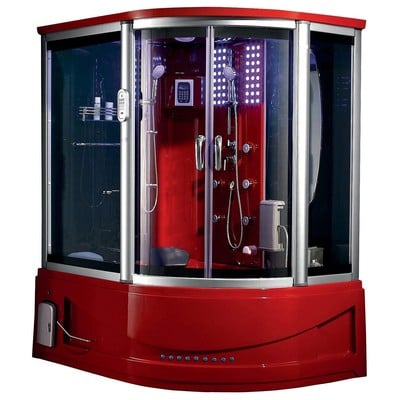Installing water saving fixtures is hands down the best investment you can make during a bathroom remodel of any size or scope. Not only will these fixtures immediately begin paying for themselves in water savings, they’ll also appeal to potential future buyers, who are increasingly looking for more eco friendly bathrooms. For some, making the swap is easy. But even if you really don’t want to give up your full-flow shower head or faucet, there are a few ways to get that luxurious, high end spa experience while using less (often substantially less) water.
WaterSense Faucet
Shop Bathroom Faucets:
The #1 easiest swap to make when it comes to improving water efficiency in the bathroom is to simply replace your existing faucet with a low flow or WaterSense rated model. You want a capacity that’s at or under 1.5 gallons per minute (GPM), rather than the previous standard of 2.2. For everything from hand washing to tooth brushing, these faucets will use substantially less water. It’s also one of the places where you’re least likely to notice it; special aerators in the tap help increase the sensation of water pressure while actually decreasing the rate of flow. Your tap might even feel stronger. If you’re trying to break a habit of leaving water running when you aren’t using it, consider opting for a motion activated faucet. For most people, though, a regular low flow faucet will work just fine.
Toilet
Shop Toilets:
Toilets are among the biggest water wasters in the home; the older your toilet is, the more water it uses. Upgrading even one toilet to a low flow model (between 1.28 and 1.6 gallons per flush) will have a noticeable impact on your monthly water bill. For even more water savings, look for dual flush toilets. These have two flush settings (a “big flush” and a “little flush”), so you only use as much water as is needed for each flush. Modern low flow toilets are also better designed and more efficient than ones released a decade ago, so you’ll never need to flush more than once to get the job done. Houses with lots of guys can save still more water by installing one or more waterless urinals.
Shower
Shop Showerheads:
I’ll be the first to admit, switching from an old-style shower head (about 2.5 gpm) to a low-flow model (2 gpm) can be hard. Especially if you love high pressure, super-soaker shower heads or have long, thick hair, many low flow shower heads miss the mark. That said, this is still a swap that’s worth making; you just need to find a shower head that makes up for the lack of output volume with aeration and pressurization. The bad news is, these less obviously low-flow shower heads tend to be more expensive. The good news is, they’re very high quality and make for a great shower experience. These should save enough water to pay for themselves and then some over time, with about a 20% savings over a standard shower head. Plus, a shower head that’s both strong and water saving will really appeal to buyers, too.
Shower Panel

Shop Shower Panels:
There’s a big trend in bathroom design to upgrade from a standard shower to a complex custom shower with multiple shower heads that spray from all directions. But while this luxury is something that will appeal to future buyers, it’s also one that can result in shockingly high water bills. Even with all low-flow, water saving shower heads, custom showers use many times more water than a standard shower. Most require a significant upgrade to your water heater just to use them. To get that immersive spa experience without quadrupling your water bill, consider installing a shower panel instead. These include multiple shower heads affixed to a single metal or plastic piece that divides the water that would normally go to one shower head between them. The experience won’t be exactly the same, but it will be close – and it won’t use any more water than a standard shower head.
Steam Shower
Shop Steam Showers:
If you know that you’re someone who tends to take long, hot, steamy showers on a regular basis, it’s possible to save some water without totally sacrificing your shower time. How? Instead of a regular shower, consider upgrading to a steam shower. These are totally enclosed, waterproof shower stalls that fill up with thick, velvety steam. You’ll get the heat, moisture, and luxurious relaxation you’d get from a normal shower, but use only about a gallon of water every 20 minutes. That’s instead of the two gallons or so you’re using every minute in a standard shower). Steam showers are a very desirable item to home buyers, and come with a whole host of health benefits that you won’t get from a regular shower.
In-Line Heating
Shop Combo Massage Bath Tubs:
Similarly, if you love taking long, luxurious baths in a deep, hefty tub, you can minimize your water usage by opting for a tub that comes with in-line heating. This is a pretty common feature on large jetted tubs, and basically means that the bathtub circulates the water and heats it. It won’t make cold water hot, but it will keep hot water hot; if you spend a very long time in the bathtub, you won’t have to continually top it off with hot water to keep it at a comfortable bathing temperature. Of course, a smaller bathtub (shorter, shallower, or both) will save you even more water in the long run. But if you don’t want to give up your long relaxing soaks, this is a good way to have your cake and eat it, too.
What water saving features are you most interested in adding to your bathroom? Are you a bigger water saver or a water user? Let me know in the comments!



